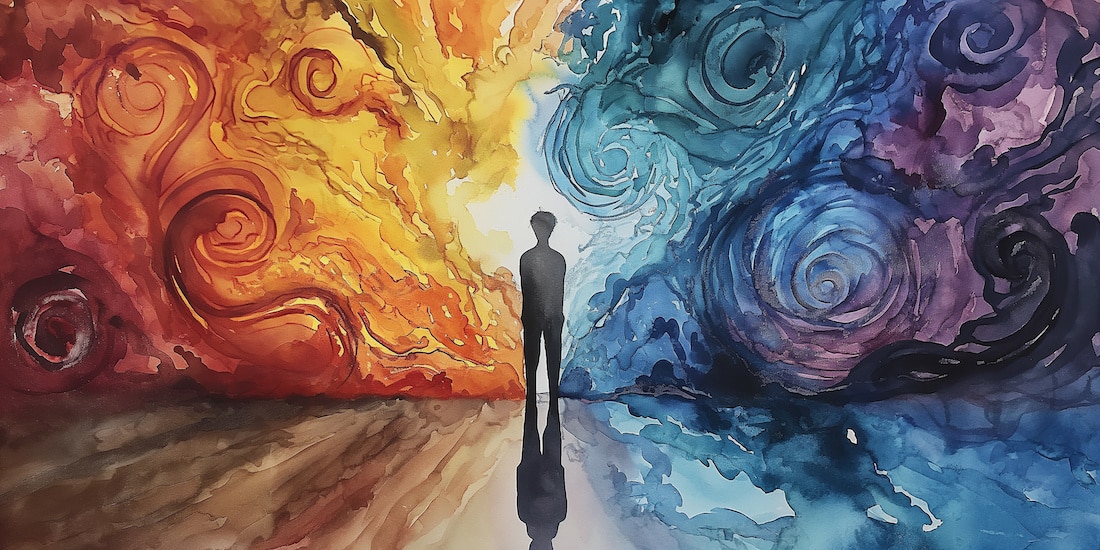Although feelings of anxiety are a normal part of life, those struggling with anxiety in social settings could suffer from social anxiety disorder. Social anxiety disorder affects more than 15 million Americans during any given year. When combined with other types of anxiety, more than 40 million American suffer from an anxiety disorder; most commonly generalized anxiety disorder.
Most of the time, individuals with social anxiety disorder don’t want to be withdrawn and antisocial. However, their disorder keeps them from overcoming fear when forced to be social. The first step to overcoming fear is to understand and recognize your triggers. Common triggers for social anxiety disorder include:
- Speaking in public or in front of large groups of people
- The fear of being criticized or teased
- Meeting new people or the early stages of dating
- Eating in front of other people
- Being the center of attention, or being watched and observed in general
- Having to make eye contact with other people
These triggers will lead to symptoms of anxiety which often include sweating, feelings of lightheadedness or dizziness, an increased heart rate, and shaking or difficulty breathing. If this is you, then it’s time take steps to overcome social anxiety which is hindering your chances of being social. Below are some of the best techniques for overcoming anxiety in social situations.
- Create objective behavioral goals. You’re your own worst critic. By creating an objective goal to accomplish in a social situation, you’ll have a clearer idea of what was accomplished rather than how nervous you felt doing it.
- Create a list of social situations you fear from least to greatest and expose yourself to each situation starting with the most comfortable situation. By slowly exposing yourself to these social situations, you’ll be able to climb the ladder and conquer these fears.
- Become more informed on social anxiety. The more you know, the more likely you’ll be able to overcome your anxiety. SocialAnxiety.org is an excellent place to start.
- Talk to a therapist or psychiatrist. If you haven’t had success with self-help, you might consider pursuing the help of others. Psychology Today is an excellent resource for finding treatment professionals located in your area. Cognitive behavioral therapy and dialectical behavior therapy are two treatment methods that a therapist can introduce, greatly impacting the way you think about social situations. A treatment professional may also prescribe medication to help treat your social anxiety.
- Take the focus off yourself in social situations by asking questions rather than providing answers. This puts you in control of the conversation and requires the other person to do the bulk of the talking.
- Focus on heavy breathing techniques. Taking deep breaths sounds cliché and ineffective, but it works. Changing your body’s breathing patterns will trigger your body’s parasympathetic response which creates a sense of calm. According to PsychCentral.com, three of the most effective breathing techniques are breath moving, resistance breathing, and coherent breathing.
Anxiety disorders are one of the most common psychiatric disorders treated at Pasadena Villa. To learn more about enrolling at Pasadena Villa, please call our admissions office at 407-215-2519 or fill out our contact form.



